Starlink’s survivability in war a good sign for DoD’s future constellation
Original Publication Date: 2022-10-25 18:47
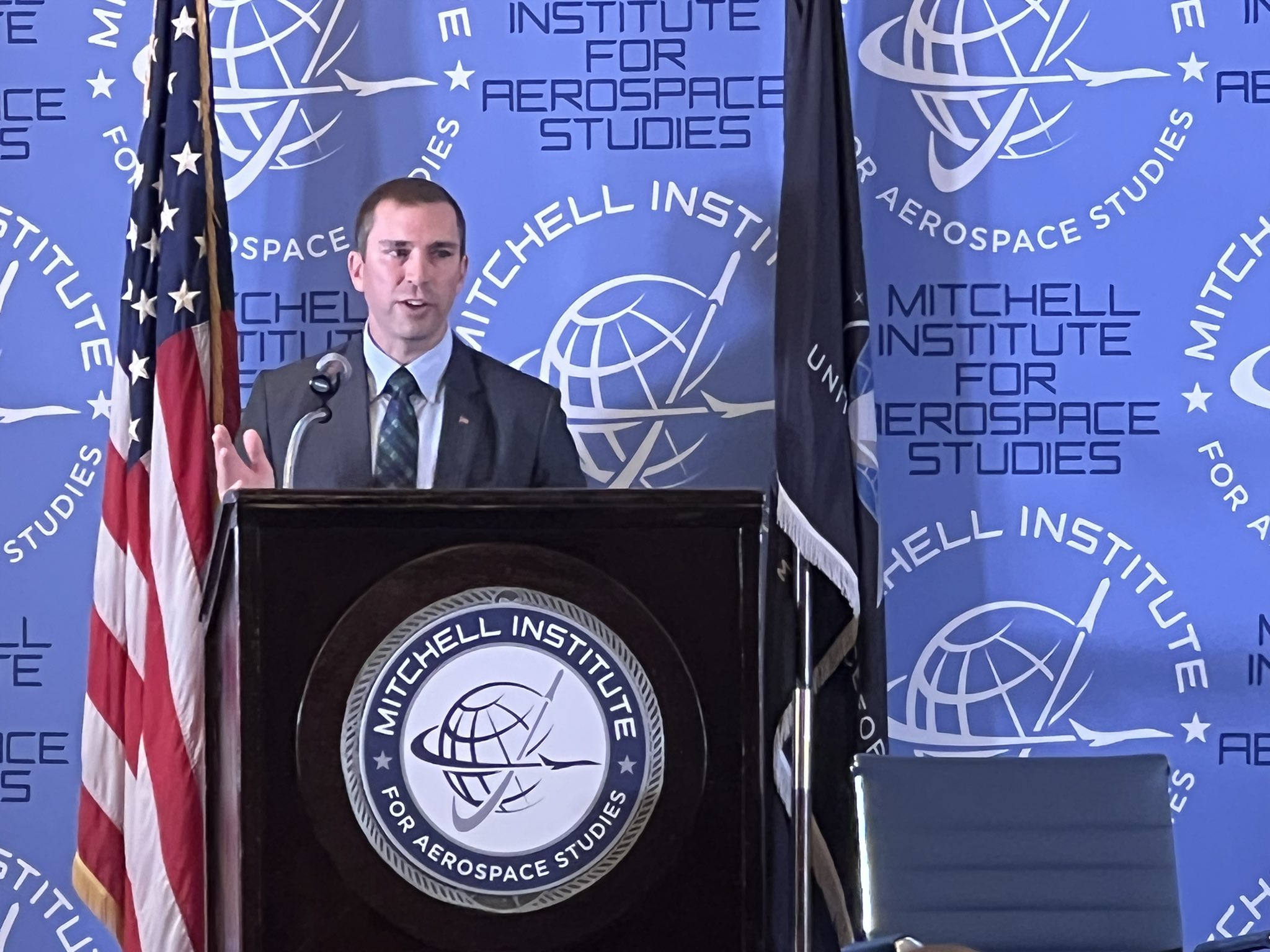
SDA Director Derek Tournear said Starlink's performance so far speaks to the power of a proliferated constellation. Russia in November demonstrated it can strike a satellite in low Earth orbit with a ballistic missile. Tournear noted that China saw the benefits of proliferated space LEO systems long before the Ukraine conflict.
Newly acquired NanoAvionics plots major smallsat expansion
Original Publication Date: 2022-10-25 20:33

NanoAvionics expects to be able to churn out several hundred satellites annually in two years. The Lithuanian company also said Oct. 25 it has changed its name to Kongsberg NanoAvionics. NanoAvionics’ current defense customers include Kongsberg, which ordered three satellites.
Boeing’s Starliner charges approach $900 million
Original Publication Date: 2022-10-27 01:09
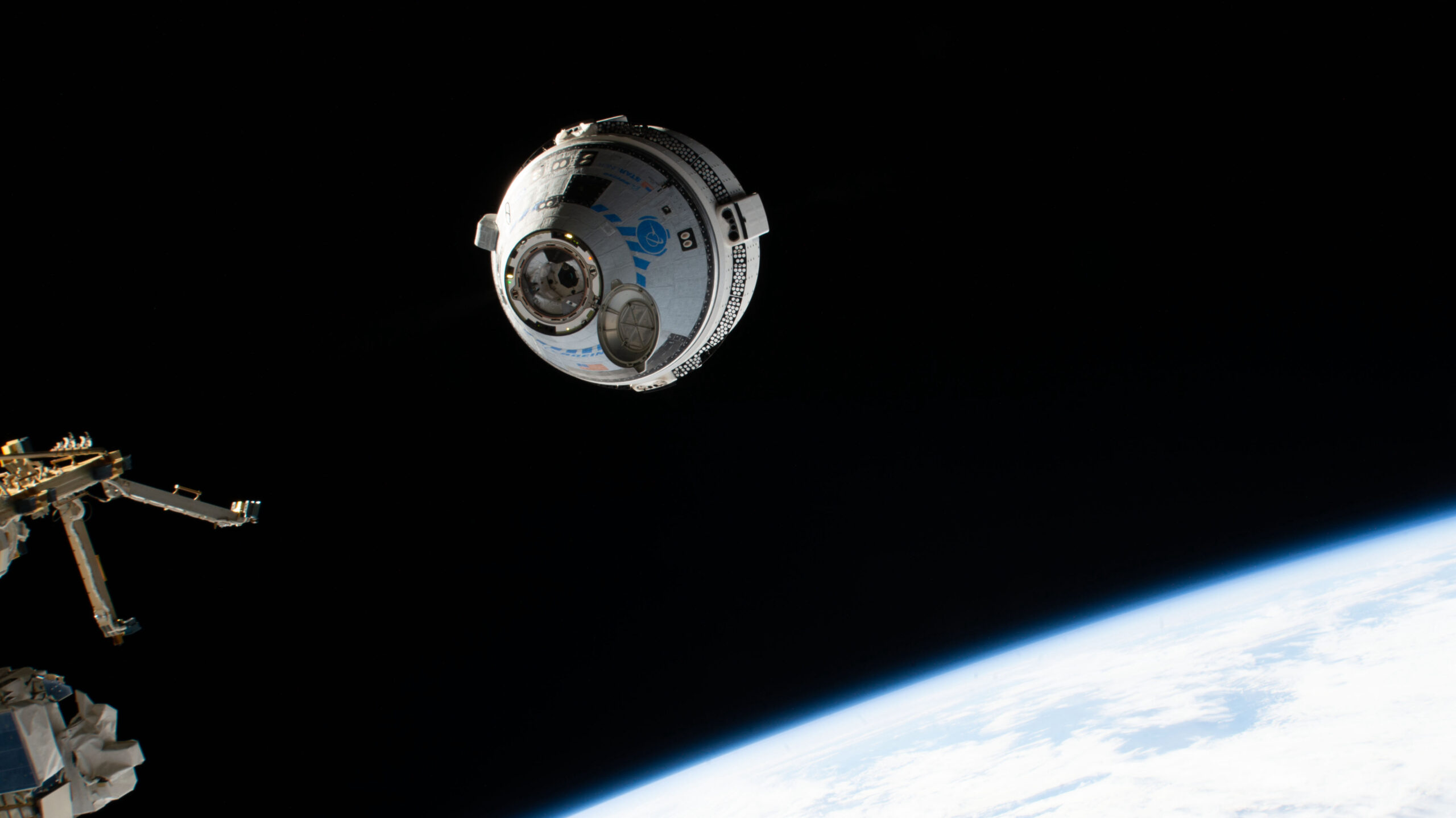
Boeing announced a charge of $195 million recorded in its fiscal third quarter. It comes after a $93 million charge reported in its second quarter financial results July 27. The latest charge brings the total losses announced by Boeing on the Starliner program to $883 million.
DIU selects startups for U.S. military weather modeling project
Original Publication Date: 2022-10-26 20:43
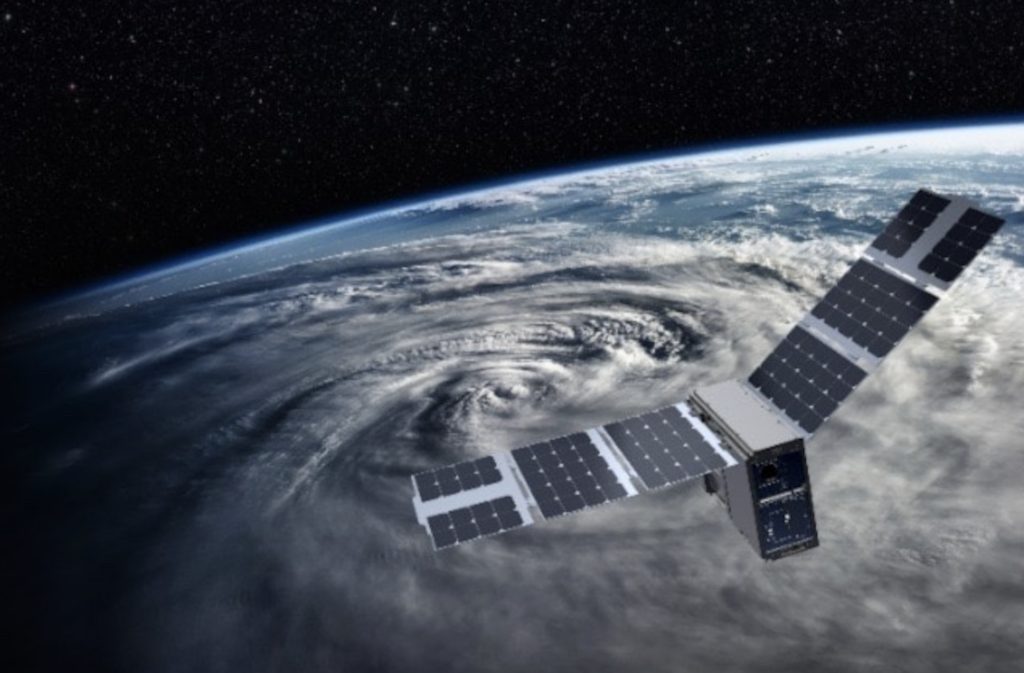
Defense Innovation Unit and Air Force select five companies to help build weather models. Muon Space, Tomorrow.io, Windborne Systems, Greensight and NextGen Federal Systems won contracts. Data collected during pilot project will be made available for experiments and research. DoD will use the commercial data for weather forecasting and climate change assessments.
New Starlink dish kit enables services ‘on any moving land object’
Original Publication Date: 2022-10-26 19:15

SpaceX started taking pre-orders Oct. 25 for a flat panel antenna. The antenna enables land vehicles to use its Starlink broadband service while in motion. The company aims to make deliveries starting in December for an upgraded Starlink for RVs service. The flat panel antenna will cost subscribers $2,500 and is better suited for moving vehicles.
Quantum Space announces first cislunar mission
Original Publication Date: 2022-10-26 15:00
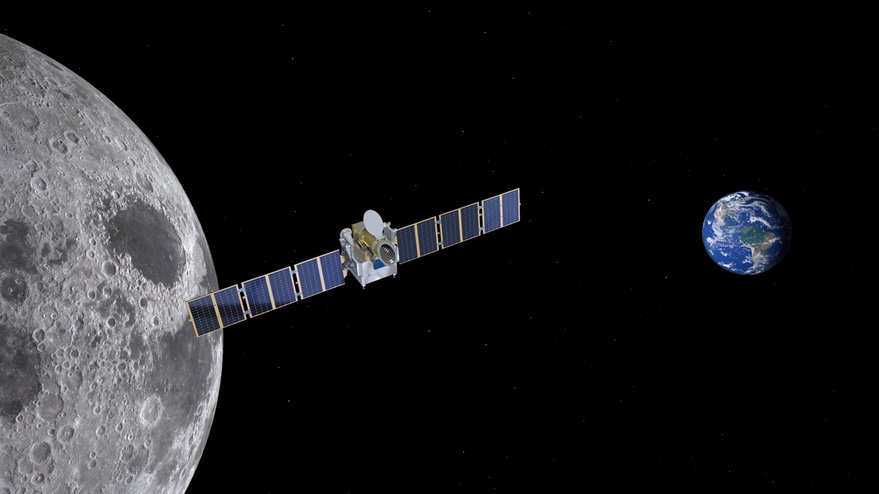
Quantum Space plans to launch a smallsat pathfinder mission in October 2024. The QS-1 spacecraft will operate in cislunar space and carry a space situational awareness payload. Data will come from the GEOST payload, a visible imager that will scan cislunar. Quantum Space did not disclose the cost of QS-1.
ISS partners weigh options for using commercial space stations
Original Publication Date: 2022-10-26 11:34
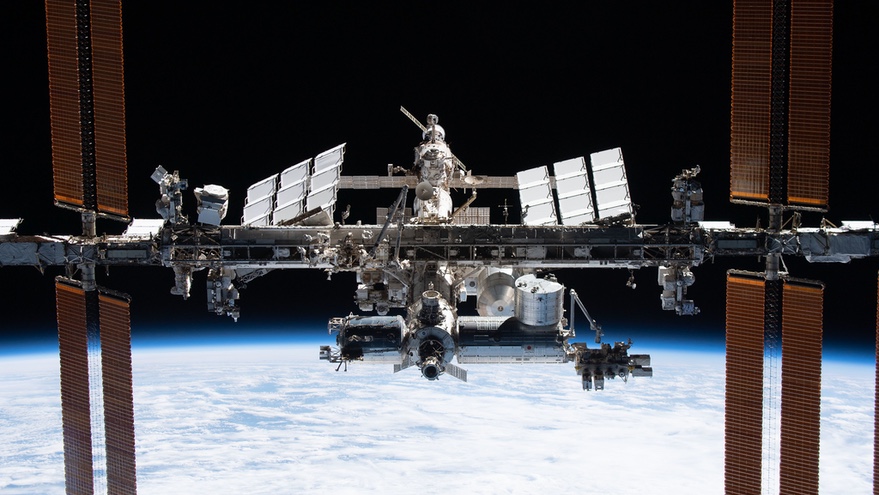
International Space Station partner agencies in discussions about how they will use, pay for commercial stations. ISS relies extensively on barter arrangements among participating agencies. Such arrangements are unlikely to work for commercial stations. Direct payments from space agencies to companies operating commercial stations could face political obstacles.
NASASpaceFlight.com
OneWeb launches 36 satellites aboard India's GSLV Mk.III rocket. Mission marks the first commercial launch for the GSLV. OneWeb has resumed deployment of its satellite constellation with the launch of 36 satellites aboard India’s GSLV Mk. III rocket. The mission lifted off from the Satish Dhawan Space Centre at 12:07 AM local time on Sunday, Oct. 23.
Commercial Archives
Rocket Factory Augsburg is a German launch startup, based in the city of Augsburg. The RFA One rocket is RFA’s first launcher in development. RFA co-founder and COO Dr. Stefan Brieschenk talked about current manufacturing methods and upcoming plans.
International Archives
Roscosmos launched Progress MS-21 atop a Soyuz-2.1a rocket from the Baikonur Cosmodrome, in Kazakhstan, at 8:20 PM EDT on Oct. 25. Progress MS-21 spacecraft will conduct a standard two-day autonomous rendezvous with the International Space Station.
Chinese Long March 3B Launches APStar-6C Communications Satellite – Spaceflight101

China conducted a rare commercial launch of a Long March 3B rocket with the APStar-6C communications satellite for APT Satellite Holdings. Long March 3B lifted off from the Xichang Satellite Launch Center at 16:06 UTC on a mission of under half an hour to lift the spacecraft into an elliptical Geostationary Transfer Orbit. Confirmation of launch success was provided by APT Satellite around 40 minutes after liftoff.
Blue Origin’s New Shepard Reaches new Heights in latest Test Flight – Spaceflight101

Blue Origin's reusable New Shepard rocket reached a new altitude of 107 Kilometers on Sunday. Sunday’s mission was the eighth in Blue Origin’s New Shepard flight test program. The company hopes to begin sub-orbital tourism flights as well as operational Zero-G science missions on New Shepard.
News – Spaceflight101

Europe's Copernicus satellite fleet is gearing up for the arrival of its next addition on Wednesday. A Russian Rockot booster set to blast off from the Plesetsk Cosmodrome at 17:57 UTC with the Sentinel-3B multi-function satellite. Read more
ISS Updates – Spaceflight101 – International Space Station

A veteran NASA spacewalker and an EVA rookie from Japan ended their week with nearly six hours of work outside the International Space Station. The restoration of the Station’s Mobile Servicing System started last year and continued in January to provide Canadarm2 with a new pair of grappling hands.
Featured – Spaceflight101

SpaceX Falcon 9 takes to the skies over Florida’s Cape Canaveral Monday afternoon. First of at least six cargo ships inbound to the U.S. Segment of ISS this year. Dragon spacecraft will deliver science gear, supplies and maintenance hardware to the orbiting laboratory.
Re-Entry: Long March 11 Rocket Body – Spaceflight101

The CZ-11 fourth stage used leftover propellant for a partial de-orbit maneuver, lowering its perigee to 120 Kilometers to significantly accelerate its orbital decay. It is reportedly built around a YF-50 main engine and in a nominal mission conducts the orbital circularization after the three CZ-11 stages finish their job.
Methane ‘Super-Emitters’ Mapped by NASA’s New Earth Space Mission

NASA’s Earth Surface Mineral Dust Source Investigation (EMIT) mission is mapping the prevalence of key minerals in the planet’s dust-producing deserts. EMIT has demonstrated another crucial capability: detecting the presence of methane, a potent greenhouse gas. Methane absorbs infrared light in a unique pattern – called a spectral fingerprint – that EMIT’s imaging spectrometer can discern with high accuracy and precision.
Edward Stone Retires After 50 Years as NASA Voyager’s Project Scientist

Linda Spilker will succeed Stone as Voyager’s project scientist. Jamie Rankin, a research scientist at Princeton University, has been appointed deputy project scientist. The twin Voyager spacecraft launched in 1977, on a mission to explore Jupiter and Saturn. Voyager 1 continued its journey out of the solar system, while Voyager 2 continued on to Uranus and Neptune.
NASA to Host Briefing on InSight, Mars Reconnaissance Orbiter Findings

NASA will host a virtual media briefing at 2 p.m. EDT (11 a.m. PDT) on Thursday, Oct. 27. The virtual briefing will livestream on NASA Television, Twitter, Facebook, and YouTube. The public can submit questions on social media during the briefing using #AskNASA.
NASA to Discuss Latest EMIT Findings, Helps Address Climate Change

NASA will host a media teleconference at 3 p.m. EDT (12 p.m. PDT) Tuesday, Oct. 25, to discuss the latest findings of the agency’s Earth Surface Mineral Dust Source Investigation (EMIT) EMIT was installed on the International Space Station in July. Its primary mission is to map the prevalence of key minerals in the planet’s deserts in order to advance understanding of airborne dust’s effects on climate.
Why NASA Is Trying to Crash Land on Mars

Engineers at JPL used a drop tower at JPL to test how Perseverance’s sample tubes would hold up in a hard Earth landing. A giant sling – called a bow launch system – can hurl an object into the surface at the same speeds reached during a Mars landing. The next step? Designing the rest of a lander in 2023 and seeing just how far their concept can go.
Satellite to Study Earth’s Water Arrives at Launch Site

SWOT arrived at Vandenberg from France aboard a U.S. Air Force C-5 Galaxy aircraft. The satellite will collect data from the ocean, helping researchers better understand how seawater absorbs atmospheric heat and carbon. SWOT will also provide the first comprehensive global survey of freshwater lakes, rivers, and reservoirs from space.
NASA’s Curiosity Mars Rover Reaches Long-Awaited Salty Region

NASA's Curiosity Mars rover recently arrived in the “sulfate-bearing unit,’ a long-sought region of Mount Sharp enriched with salty minerals. Scientists hypothesize that billions of years ago, streams, and ponds left behind the minerals as the water dried up. The minerals were spotted by NASA’s Mars Reconnaissance Orbiter years before Curiosity landed in 2012.
